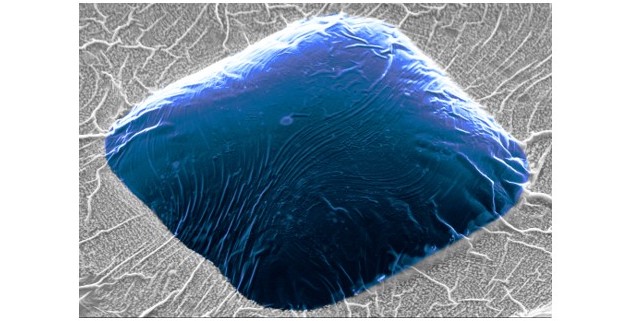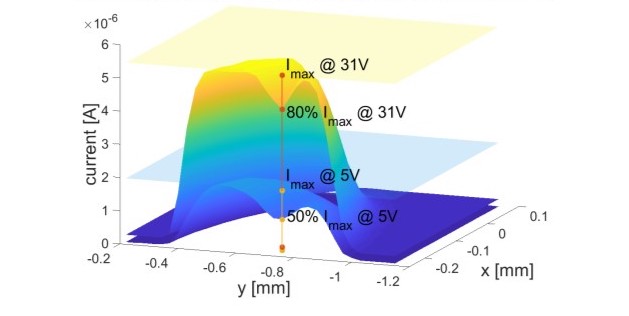Detection and imaging technologies are crucial enablers for application fields ranging from material processing and manufacturing to health and life sciences, conventional and renewable energies, automation and ICT. Furthermore, detectors of electromagnetic radiation and elemental particles are key elements of large scale facilities serving international scientific and technological communities, such as synchrotrons, free electron leasers and high energy physics particle accelerators. As the technology of such infrastructures evolves, more and more stringent requirements are demanded to detector technologies in order to fully exploit the source potential. Thus, new pathways are continuously needed to improve detector performance in terms criteria such as faster and faster time response, efficiency in newly exploited energy ranges, radiation hardness and cooling needs.
This IOM research line aims at developing different detector technologies to sense electromagnetic radiation in a frequency range spanning from the Terahertz to the hard X rays. Applications include beam imaging and detection in next generation light sources, as well as medical and environmental diagnostics. These efforts take advantage our synthesis, fabrication and characterization facilities to develop devices based on platforms such as band-engineered semiconductors, SiN wires and graphene. Furthermore, we greatly benefit from being located within the Sincrotrone Trieste campus. On one side, important synergies are established with the Elettra detector group for developing dedicated electronics for our devices. On the other side, we take advantage of the availability of several Elettra and Fermi beamlines for field-testing the developed detectors in real time.

Golay cell for terahertz sensing with a ultrathin titanium/monolayer graphene membrane
IOM is also active in the design, characterization and simulation of planar, 3D and low gain avalanche detectors for High Energy Physics experiments. Particular focus is put to assess and minimize radiation damage by X-ray, neutron and proton irradiation. Also in this case, our activities benefit from synergies with facilities of the Italian National Institute for Nuclear Physics (INFN). Furthermore, we greatly benefit from being located within the campuses of Sincrotrone Trieste and ESRF Grenoble

Electric current maps through a band-engineered GaAs avalanche photodiode under irradiation